Mathew Lee reads Kristina Mirkovic’s method for teaching very young children, a companion volume to her ‘Violin in Action’ series
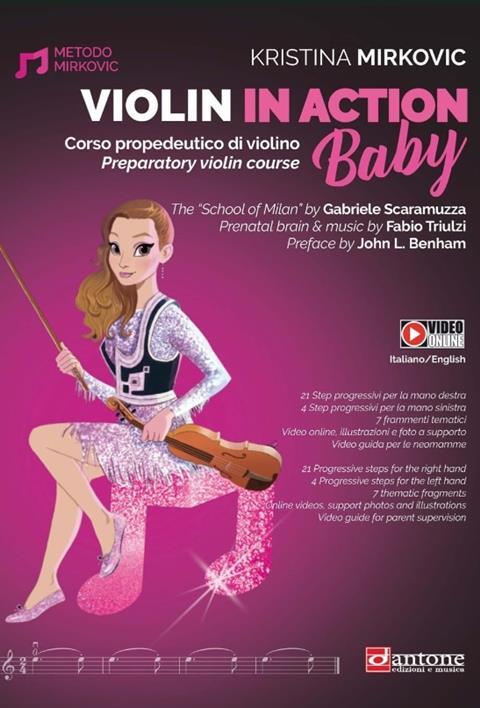
Violin in Action Baby: Preparatory Violin Course
Kristina Mirkovic
86PP ISBN 9791281535244
Dantone Edizioni €18.90
Serbian violinist Kristina Mirkovic has already published a four-volume violin method (reviewed in the March 2024 issue), and has now added a fifth book to be used with younger beginners.
As in the previous volumes, the text is printed side by side in both Italian and English, and also includes sections on the ‘School of Milan’ by Gabriele Scaramuzza and ‘Prenatal brain and music’ by Fabio Triulzi.
This volume of Mirkovic’s system is aimed at the parents of younger learners. It gives them a comprehensive guide to the approach, which will enable them to support young players effectively between lessons. There is much to read, and the volume also has copious black and white photographs that provide visual reference for the parent and teacher.
The content that focuses on learning the violin is divided into 25 steps that develop the skills of physical playing technique, ear training through solfège (where C is the fixed ‘Do’) and simple note-reading skills for both pitch and rhythm. These steps progress in logical order and are well thought out and clearly explained. Each step of the method leads the learner towards a final set of 31 variations, where all the work covered is finally drawn together into a musical outcome.
Throughout the volume, one is reminded of the work of both Shinichi Suzuki and Paul Rolland, with a little Eta Cohen thrown in for good measure. While the cover is a vibrant pink with a princess violinist on the front (perhaps alienating budding young male violinists before they even pick up an instrument), the inside presentation is somewhat reminiscent of violin publications from the 1960s and 70s.
The photographs are well considered, but the players may look slightly too stiff and angular for some teachers’ liking, and there is an awful lot of white tape used to subdivide the bow and indicate finger placement. I am guessing that the white tape is there more as a visual aid for the reading parent, with the young learner being encouraged to use their ear more when developing skills of playing in tune, and physicality when learning bow subdivision and distribution.
The written content that explores the ‘School of Milan’ and the ‘Prenatal brain and music’ will make interesting reading not only for the parents of embryonic violinists, but also potentially violin teachers, particularly students who are just beginning to explore the broad world of string pedagogy.
Violin in Action Baby will be of interest to parents and teachers alike, but I cannot imagine the very young player being drawn into its content visually, so it is possibly best used as a resource for guiding the young learner in developing their primary skills as a violinist through an aural and physical approach.
MATHEW LEE
Read: Ask the Experts: how to deal with a young problem pupil
Read: 5 simple exercises to use when teaching young children
Read: ‘A kinder, more loving way to teach an instrument’: Violinist Augustin Hadelich on the Suzuki Method


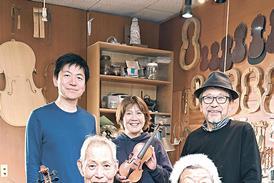
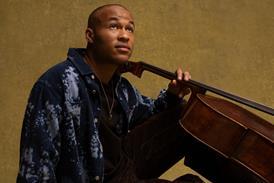
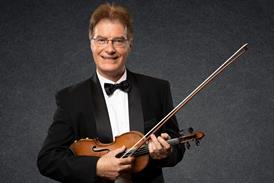
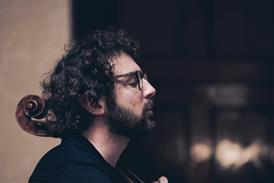
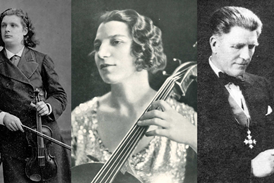


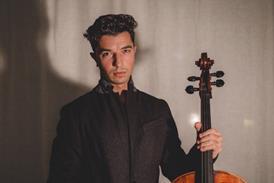
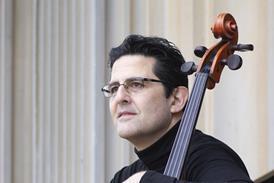
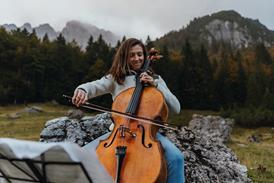
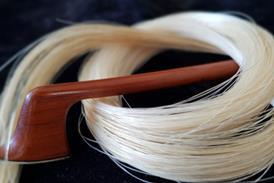
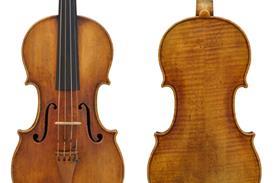
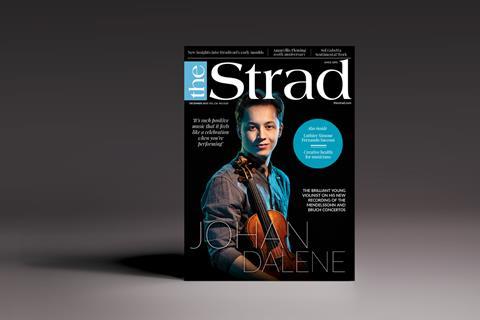



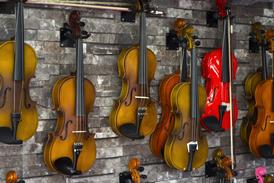

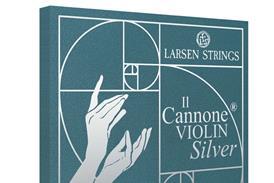
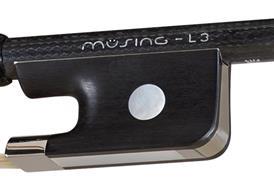
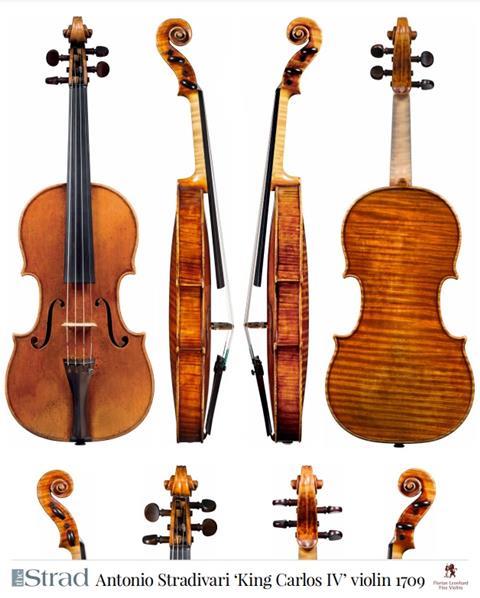
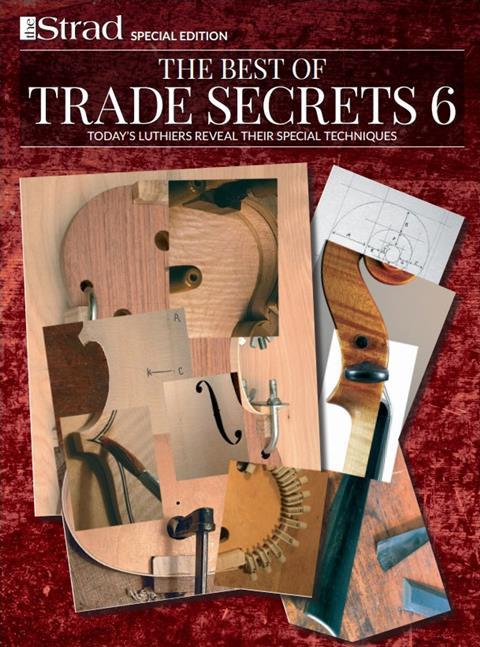
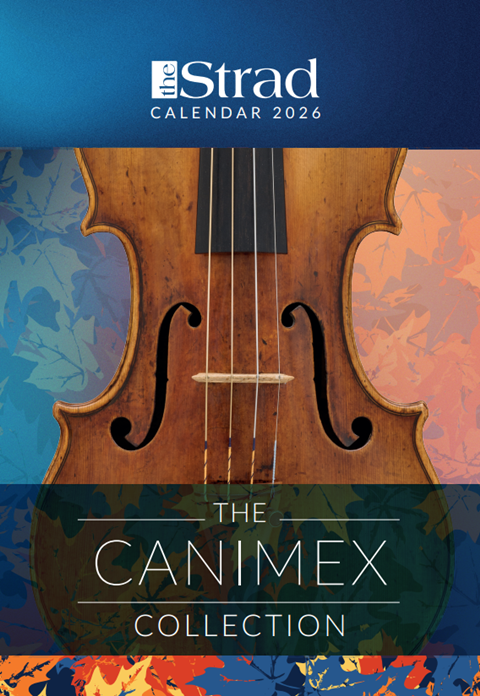
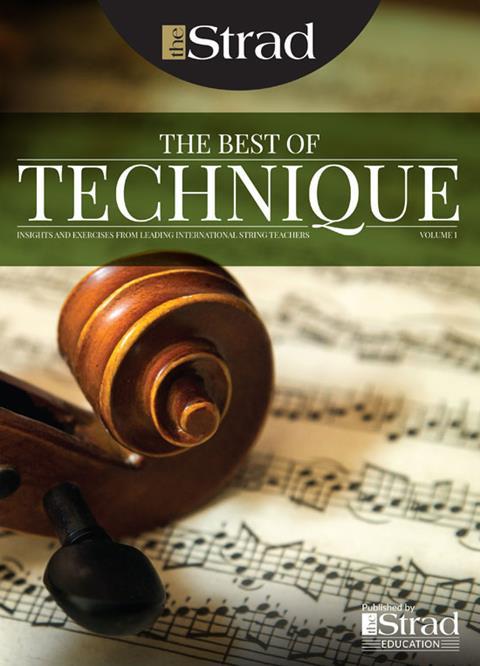
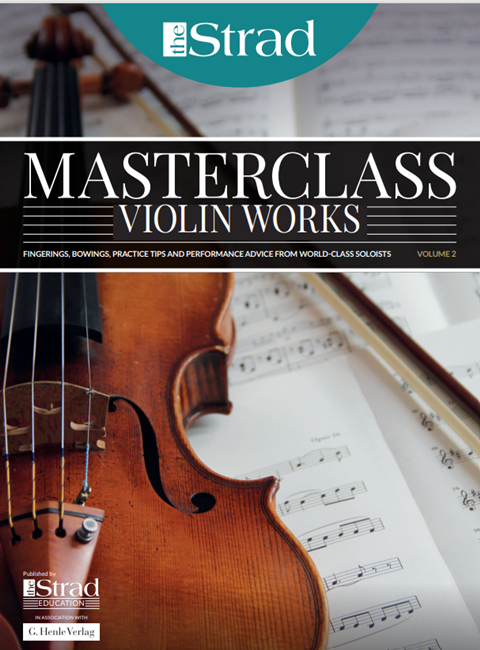
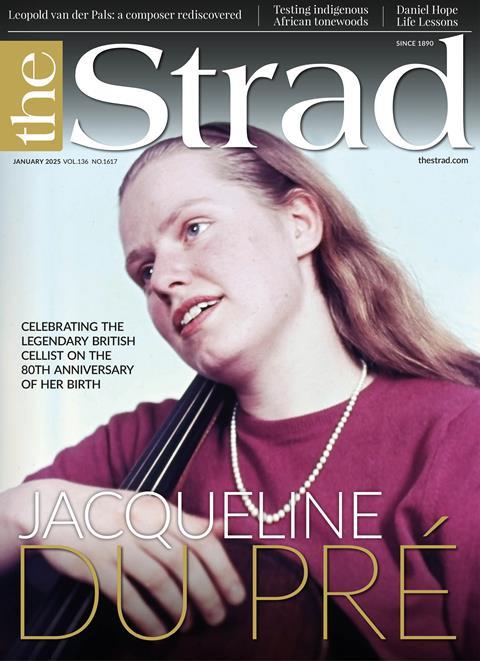
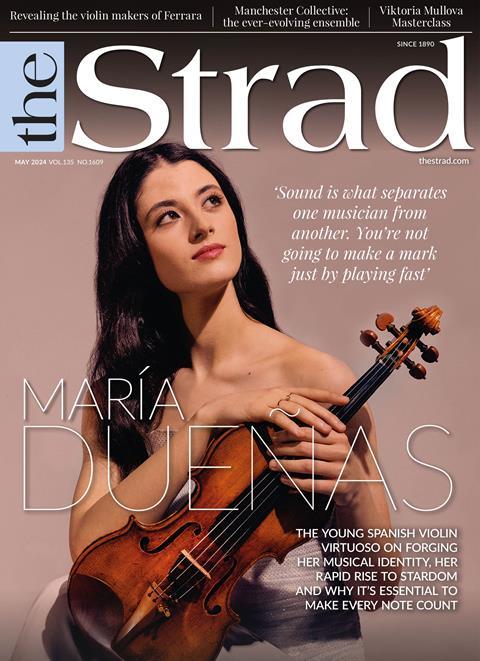
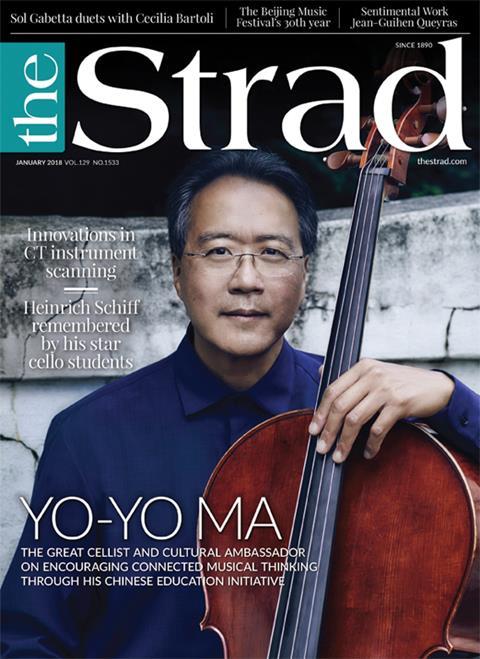











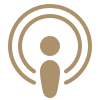
No comments yet